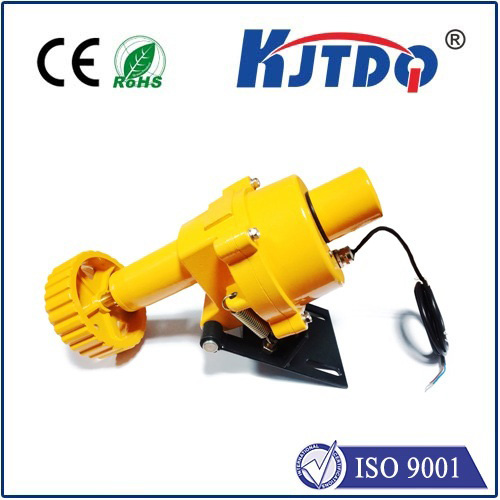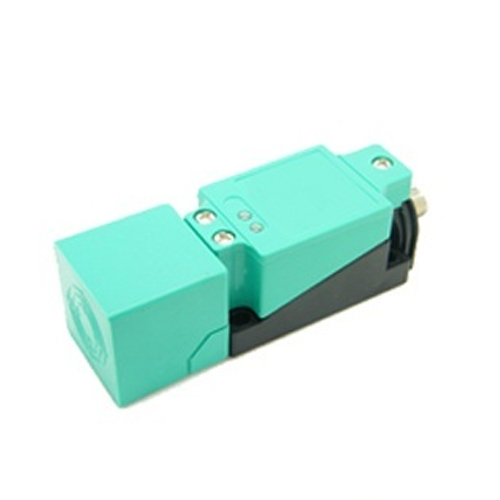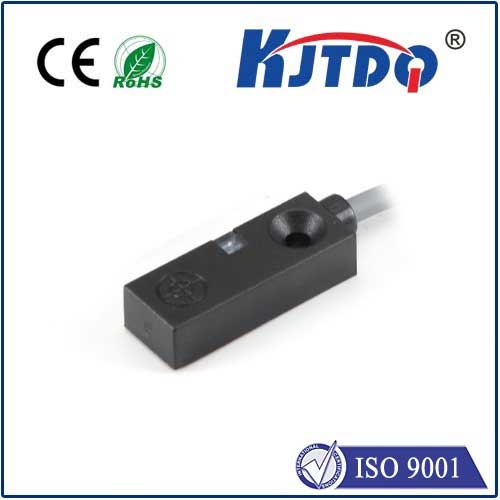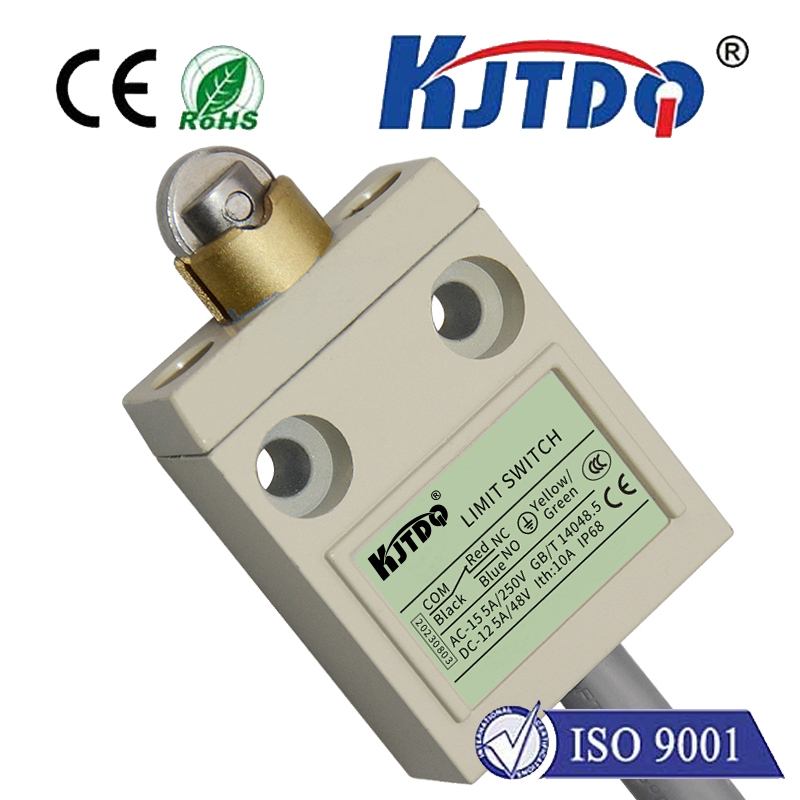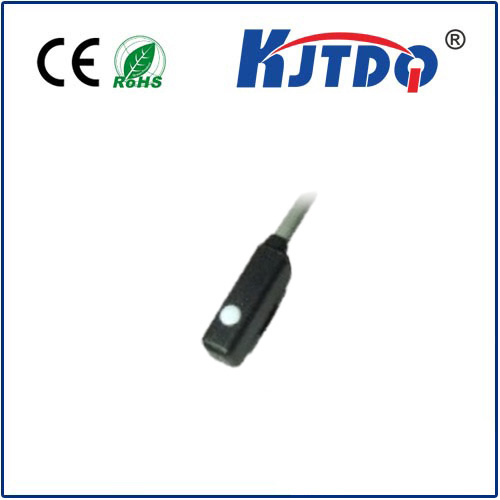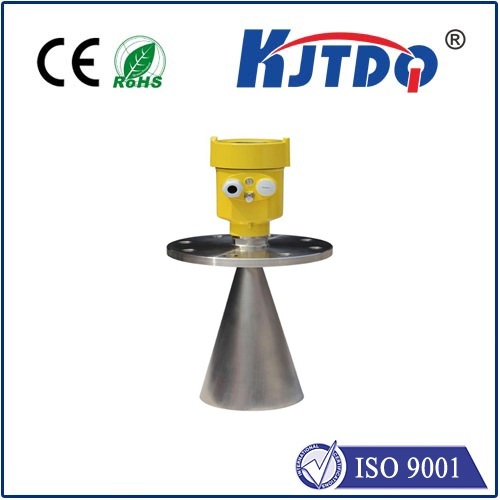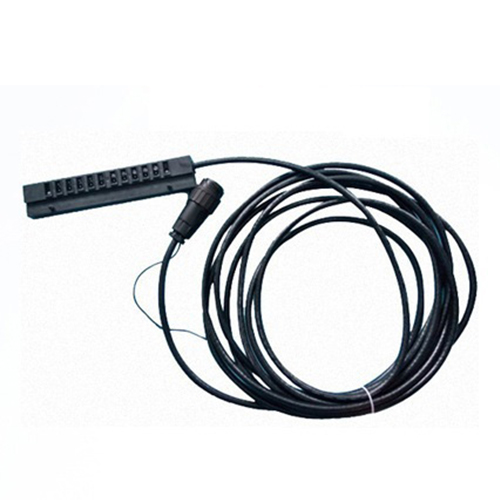optical waveguide sensor
- time:2025-08-16 00:23:08
- Click:0
Optical Waveguide Sensors: Detecting the Invisible with Guided Light
Light revolutionized communication. Now, it’s transforming sensing. At the heart of this revolution lies a sophisticated, yet conceptually elegant, technology: the optical waveguide sensor. These remarkable devices harness the principles of light guiding to detect minute physical, chemical, or biological changes in their immediate environment with astonishing precision. Think of them as ultra-sensitive “light detectives,” where the path the light takes, or its characteristics, subtly changes when something interacts with it.
The Guiding Principle: Confined Light
An optical waveguide is, fundamentally, a structure designed to channel light waves along a specific path with minimal loss. It typically consists of a high-refractive-index core (like silica glass or specialized polymers) surrounded by a lower-refractive-index cladding material. This refractive index contrast traps light within the core via Total Internal Reflection (TIR). Light rays striking the core-cladding boundary at an angle greater than the critical angle reflect entirely back into the core, bouncing their way along the waveguide’s length.
The Sensor Mechanism: Interaction is Key
An optical waveguide sensor cleverly exploits this guided light. The core principle revolves around the evanescent field. When light is guided within the core, a tiny portion of its electromagnetic field extends a fraction of a wavelength beyond the core surface into the surrounding cladding or environment. This evanescent field is incredibly sensitive to changes in the properties of the material it touches.

Here’s how sensing happens:
- Functionalization: Often, the waveguide surface is coated with a specific receptor or recognition element (e.g., antibodies for biosensing, chemical ligands for gas detection).
- Interaction: When a target analyte (the molecule or property you want to detect) binds to, or interacts with, this surface layer, it alters the local environment’s properties.
- Parameter Shift: This interaction modifies characteristics affecting the guided light. Common detectable changes include:
- Refractive Index (RI): Binding events often change the effective RI near the surface, the most common transduction mechanism (e.g., surface plasmon resonance sensors, interferometric sensors).
- Absorption: Specific analytes absorb light at certain wavelengths.
- Fluorescence: Bound targets may be fluorescent or cause attached labels to fluoresce.
- Path Length/Phase: Physical changes (strain, temperature, pressure) can physically deform the waveguide, altering the optical path length or inducing phase shifts.
- Signal Transduction: A detector measures these changes in the light exiting the waveguide. This could be:
- A shift in the resonance wavelength (for grating couplers or ring resonators).
- A change in the light intensity.
- An alteration in the interference pattern (in Mach-Zehnder or Young interferometers).
- A shift in the phase or polarization state.
Why Optical Waveguide Sensors? Compelling Advantages
These devices offer a unique combination of benefits driving their adoption:
- Exceptional Sensitivity & Low Detection Limits: Capable of detecting minute changes (down to single molecules in optimized configurations), often surpassing traditional electrical sensors. Label-free detection is frequently possible, eliminating complex sample preparation.
- Small Size & Integration Potential: Waveguides are inherently compact and amenable to integration onto chips (photonic integrated circuits - PICs). This enables lab-on-a-chip devices and portable analyzers.
- Immunity to Electromagnetic Interference (EMI): As they rely on light, not electrical currents, they operate reliably in electrically noisy environments where conventional sensors falter.
- Remote Sensing & Multiplexing Capability: Light signals can travel long distances via optical fibers with minimal loss. Multiple sensing regions can be created along a single waveguide or array, allowing simultaneous detection of multiple analytes.
- Real-time Monitoring: They provide continuous, label-free readings, crucial for studying dynamic processes like binding kinetics.
- Corrosion Resistance: Many waveguide materials (like silica) are chemically inert, suitable for harsh environments.
- Intrinsic Safety: No electrical currents near the sensing point, ideal for explosive or sensitive environments.
Diverse Applications: Where Light Meets Matter
The versatility of optical waveguide sensors translates into a broad application spectrum:
- Biomedical & Life Sciences:
- Real-time, label-free detection of biomolecular interactions (protein-protein, DNA hybridization).
- Point-of-care diagnostics for diseases (detecting specific biomarkers in blood, saliva).
- Environmental monitoring of pathogens in water or air.
- Chemical Sensing:
- Detection of hazardous gases (methane, hydrogen sulfide, volatile organic compounds - VOCs).
- Monitoring pollutants in air and water.
- Quality control in food and beverage production.
- Physical Sensing:
- Strain and pressure sensing for structural health monitoring (bridges, aircraft, pipelines).
- Temperature sensing in harsh environments (e.g., high-voltage transformers, engines).
- Acceleration and vibration sensing.
- Industrial Process Control: Monitoring chemical concentrations, purity, or physical parameters during manufacturing processes.
- Security & Defense: Detection of explosives, chemical warfare agents, or biological threats.
Evolution and Integration: The Path Forward
The field of optical waveguide sensor technology is rapidly evolving. Key trends include:
- Enhanced Material Systems: Exploring novel materials like silicon nitride, polymers (for flexibility), and specialty glasses offering better performance or new functionalities.
- Advanced Photonic Integration: Leveraging PIC fabrication techniques to build complex, multi-functional sensor arrays on a single chip, dramatically reducing size, cost, and power consumption.
- Nanophotonics & Plasmonics: Incorporating nanostructures (e.g., photonic crystals, nano-antennas) to dramatically enhance light-matter interaction and boost sensitivity further.
- Smart Signal Processing & AI: Utilizing sophisticated algorithms to analyze complex sensor data, improve selectivity against interfering substances, and enable predictive analytics.
Illuminating the Future
From monitoring the structural integrity of critical infrastructure to enabling breakthroughs in medical diagnostics at the point of care, optical waveguide sensors are proving indispensable. Their unique ability to harness guided light for ultra-sensitive, real-time, and often label-free detection opens new frontiers in understanding and interacting with our world. As materials science, fabrication techniques, and data processing continue to advance, these sophisticated “light guides” promise even smaller, cheaper, smarter, and more powerful sensors, further embedding themselves into the fabric of scientific discovery and technological innovation. The future of precise, integrated sensing is fundamentally intertwined with the continued evolution of optical waveguides.












